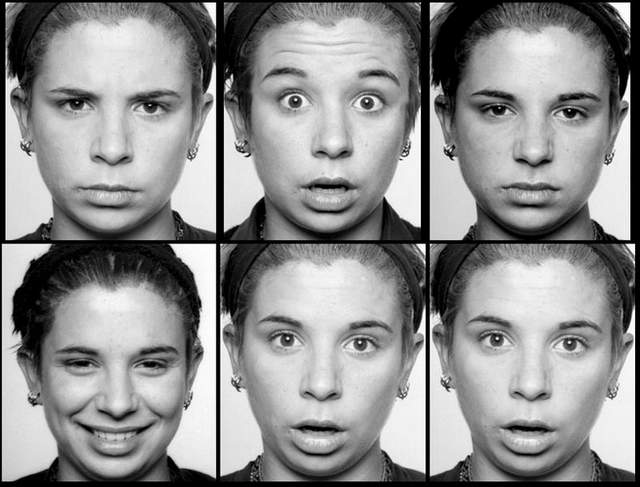Let’s face it. They say You are not your body, you are not your mind. So very true…..but what they fail to say is we are actually but a bundle of emotions and a pile of hormones; which take over the moment we are born and start dictating our very moods and behaviors. I have always referred to it as the hormonal dictatorship, until I understood that there are other forces at work such as the Gunas.
The Gunas happen to be basic energetic qualities that run through everything in the world including ourselves. They have a powerful effect on our moods, feelings, and sort of rule every action we take. Gunas in Sanskrit means to bind and when they go out of whack, they bind our spiritual growth and interfere with our innate sense of joy.
For the sake of acquiring more awareness and knowledge of who you are, as well as understanding the functioning of your emotional body, walk with me through the stages of a human being’s emotional evolution and learn how each of the Gunas shapes and molds your emotional growth.
Sattva (peace), is the first of the Gunas or principles. It points to our inherent virtuous essence, our natural inclination to be loving, giving, kind, joyful and content as the expression of a full and happy heart as much as a peaceful and free mind. Sattva would be the state of a newborn or a child. They live totally in the moment with no preoccupations or concern for much, other than I need to eat now and Please change my diaper so I can stop screaming and tend to be mostly giggly and happy unless you are still not getting it that their diaper needs changing. As adults, we feel drawn to babies and children because we all share one common aspiration: to bank more Sattva.
Rajas (excited) is all about action and drive, excessive movement and frantic stimulation of the senses and emotions. As children grow up and venture away from home to dabble with their first social encounters, they quickly come to realize that the outside world is not as safe as the one back home. Sattva has been compromised and they can no longer be as sheltered and cocooned as they are now exposed to others. To compensate for this major change, they go in full protection mode by engaging in Rajasic activities. The child figures out instinctively that if he or she perhaps becomes good at something (sports, math, arts), they can feel safe again. Unlike Sattva, which emanates from within, this Rajasic experience of safety is dependent on an external influence, such as seeking the attention and approval from others. This is the pattern which leads to agitation, restlessness, seeking satisfaction through buying, doing, wanting and every single action engaged in sensory stimulation you can think of.
The qualities of Tamas (Inertia), are dullness, laziness, depression, darkness, heaviness, or as the urban dictionary might say “blahness”. The excessive drive to become satisfied through Rajasic activity burns the mind out and consumes our energy to ashes. We then have no choice but to retrieve into a fake and fabricated cocoon providing the illusion of safety. We become judgmental, jealous, often angry and bitter, blaming the world for all our shortcomings and mistakes and revert to soul numbing substances like food, drugs or alcohol to maintain the illusion of safety.
In our yoga practice, it would make prefect sense to strive for a Sattvic state, but for some wild reason we tend to go on a quest for perfection and fall in the trap of a Rajasic attitude. Dali once said: Have no fear of perfection, you will never reach it…..Brilliant man he was. Master Patanjali, another brilliant man advocates in a yoga sutra verse, that perfection in an asana is attained when the idea of performing is lost and the supreme self within is reached, yielding into effortlessness and ease. (If you have to remember one thing from this post it would be just that)
What this means is what most of us inject our practice with. The Burhurmph syndrome, which simply put, means you are pushing your way through the pose. Socially, we have been so conditioned as of a very tender age, into firmly believing we must always surpass ourselves, and that the reward of pushing our boundaries past our threshold, is getting the most of everything. We then carry all this to class as a nagging inner voice that whispers or screams – depending on the intensity of the asana- that we are not enough and never will be. The result of it all, is we start to practice with the influence of Rajas in the mind infusing the postures and our behavior on the mat with strain and effort beyond what is necessary.
The effortlessness Patanjali refers to, is not laziness or inertia or shying away from a pose, (that would be Tamas). Effortlessness means gliding in the center of our postures like a swan in the middle of a lake, being in the center of our experience like a tree stands in the center of the forest…as harmoniously as possible, with intention, awareness and presence in the body as well as the breath.
Long story short: start noticing your tendency. Record your impulse to push and shove past the harmonious point, press the delete button and play the effortlessness card. Make Master Patanjali proud.
